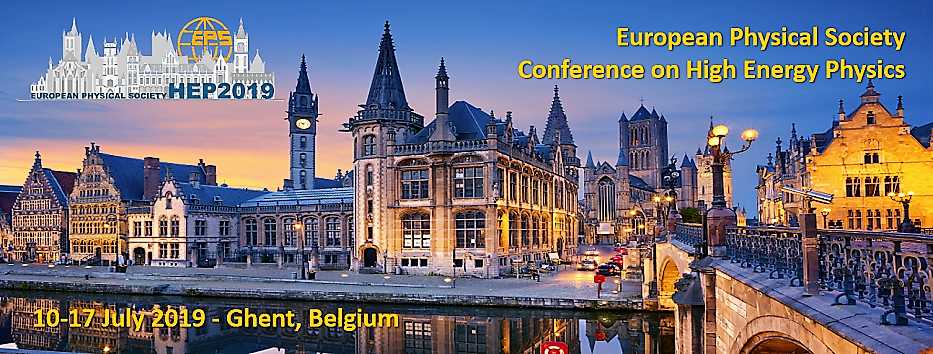Speaker
Description
We present an innovative new approach to calorimeter-based particle identification at the Belle II experiment through the application of CsI(Tl) Pulse Shape Discrimination. By instrumenting the 8736 CsI(Tl) crystals in the Belle II calorimeter with new electronics that enable online CsI(Tl) waveform digitization and readout, during the first run of SuperKEKB collision data-taking in summer 2018 Belle II was the first B-Factory experiment to apply CsI(Tl) pulse shape discrimination to improve particle identification. With control samples of $e^\pm$, $\mu^\pm$, $\pi^\pm$, $K^\pm$ and $p/\bar{p}$ selected from collision data, we demonstrate through offline analysis of the waveform pulse shapes that hadronic interactions in the calorimeter crystals can be identified and distinguished from energy deposits produced by electromagnetic showers and minimum-ionizing particles. By applying pulse shape discrimination we are able to improve challenging and important areas of charged particle identification such as low momentum ($0.3 - 1$ GeV/c) $\mu$ vs $\pi$ separation. In addition with control samples of photon's and $K^0_\text{L}$'s isolated from Belle II collision data, we demonstrate that high efficiency $K^0_\text{L}$ identification with low photon fake-rates can be achieved through the unique information provided by pulse shape discrimination. The potential impact of pulse shape discrimination on improving planned physics analysis at Belle II will also be discussed.
